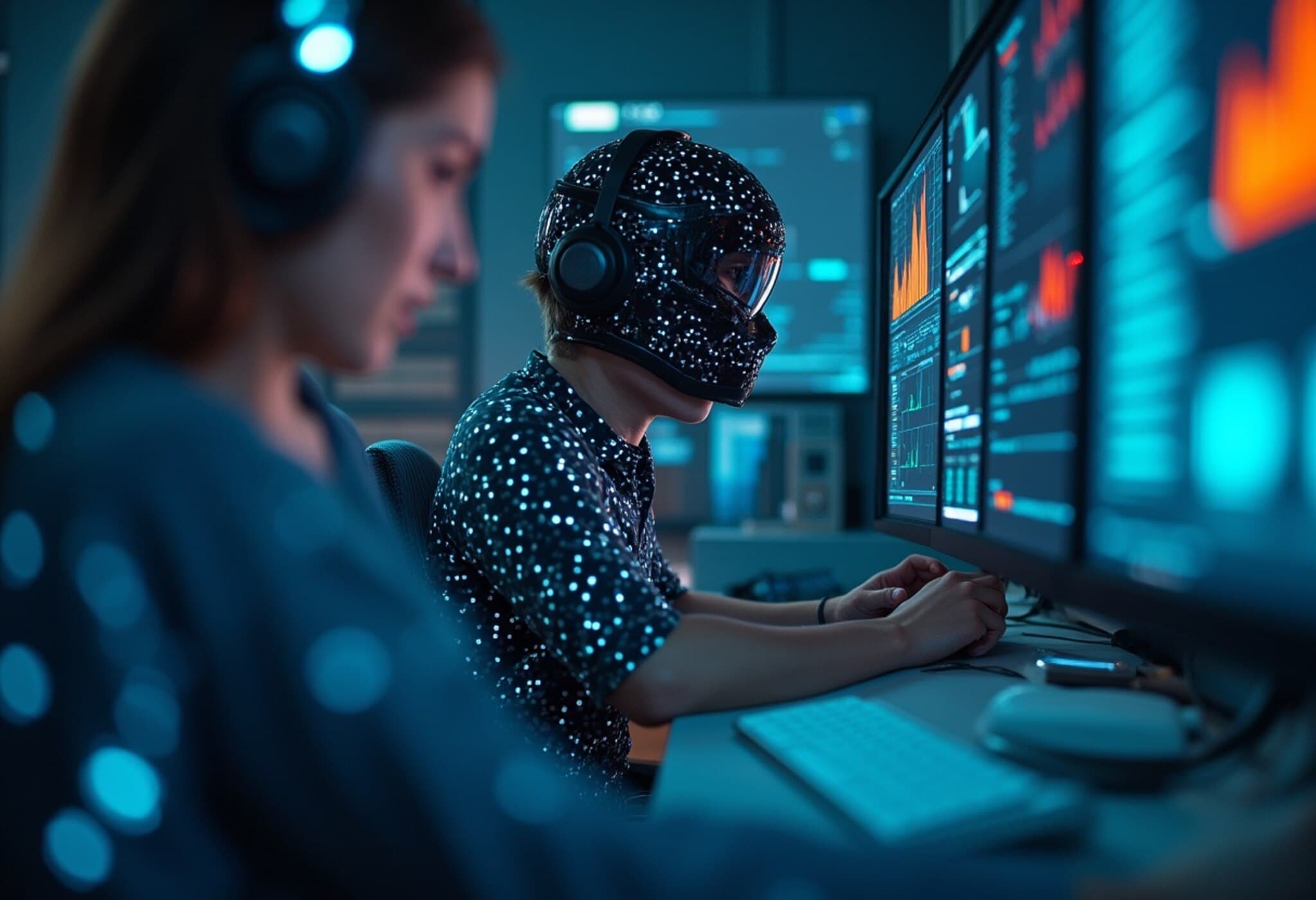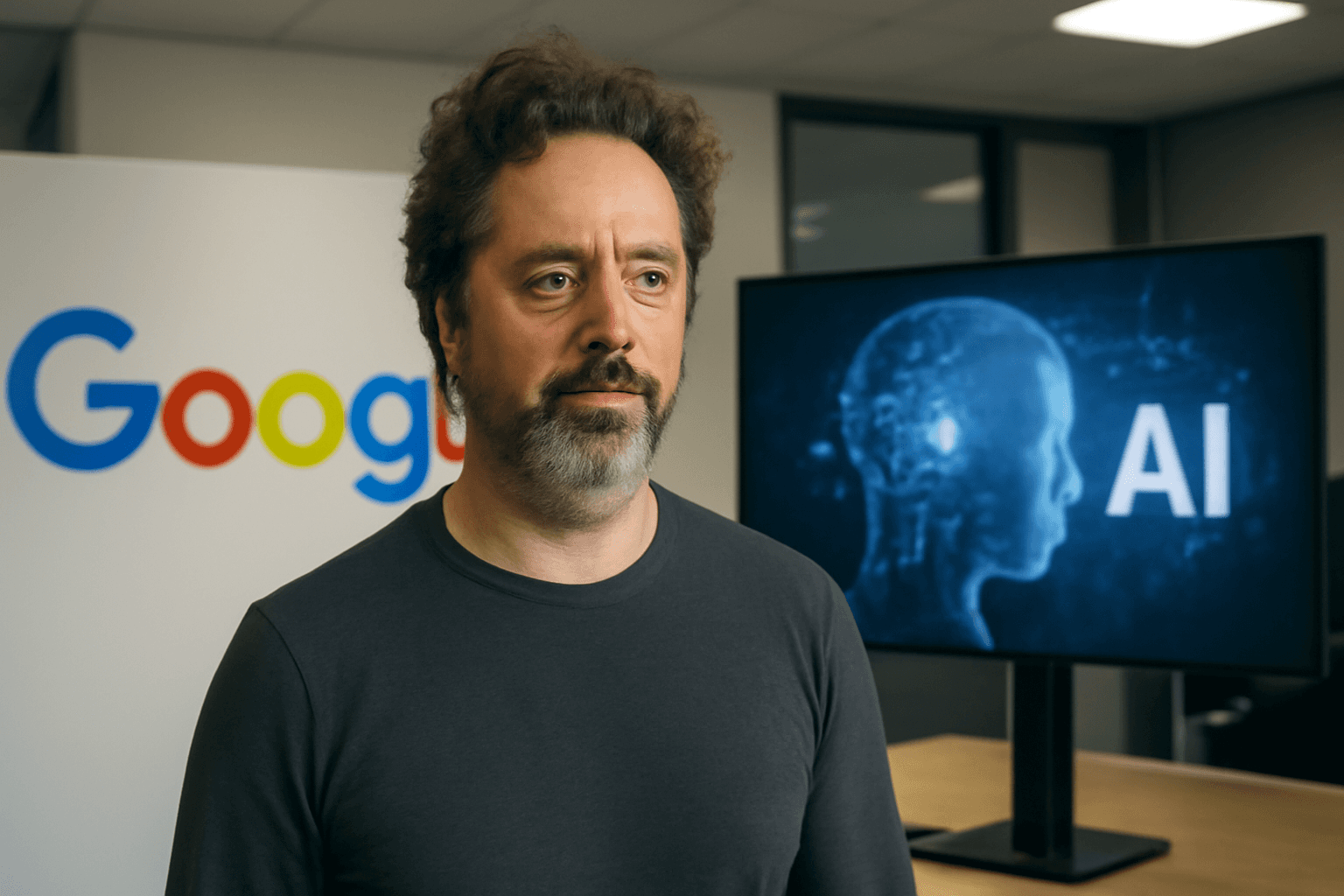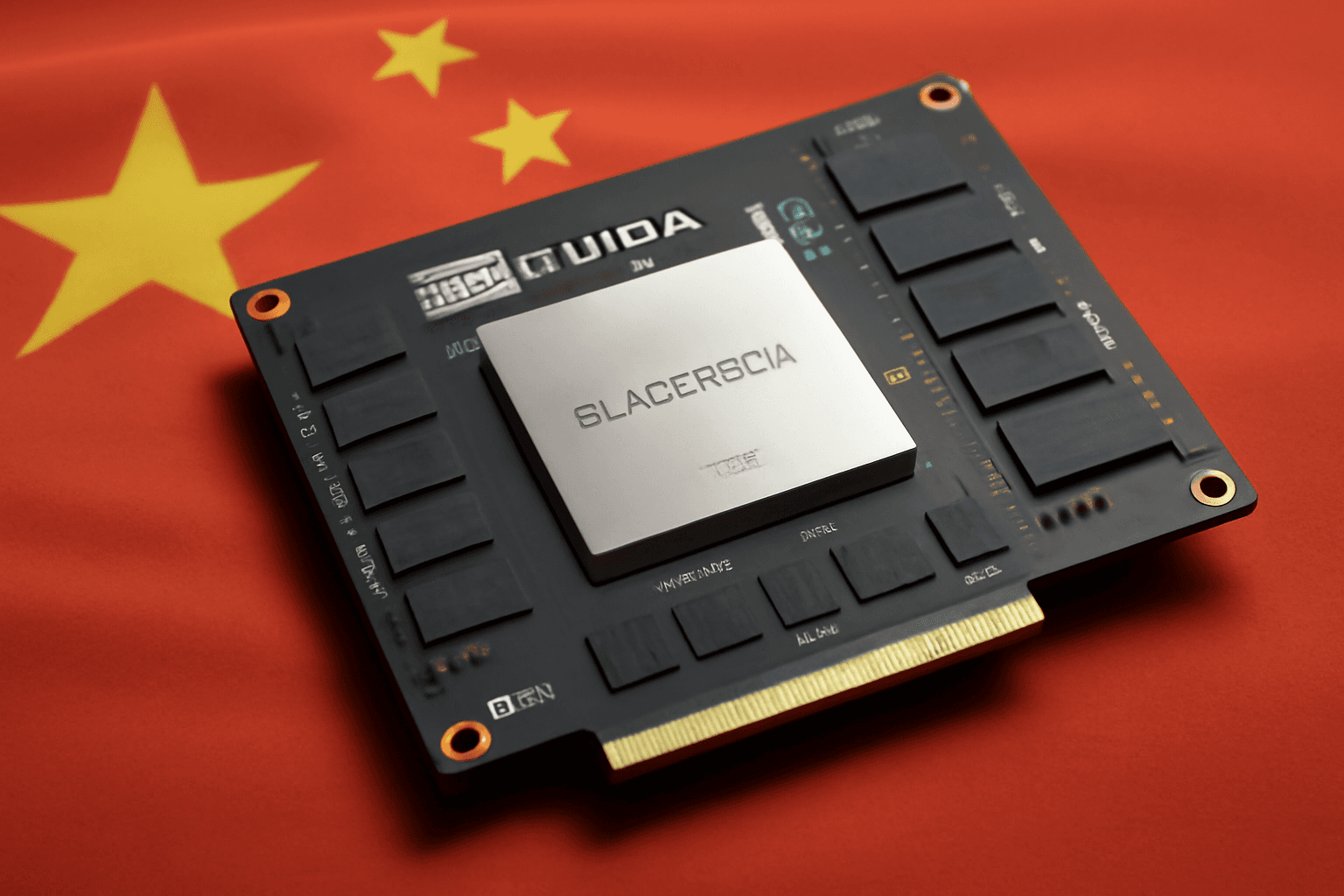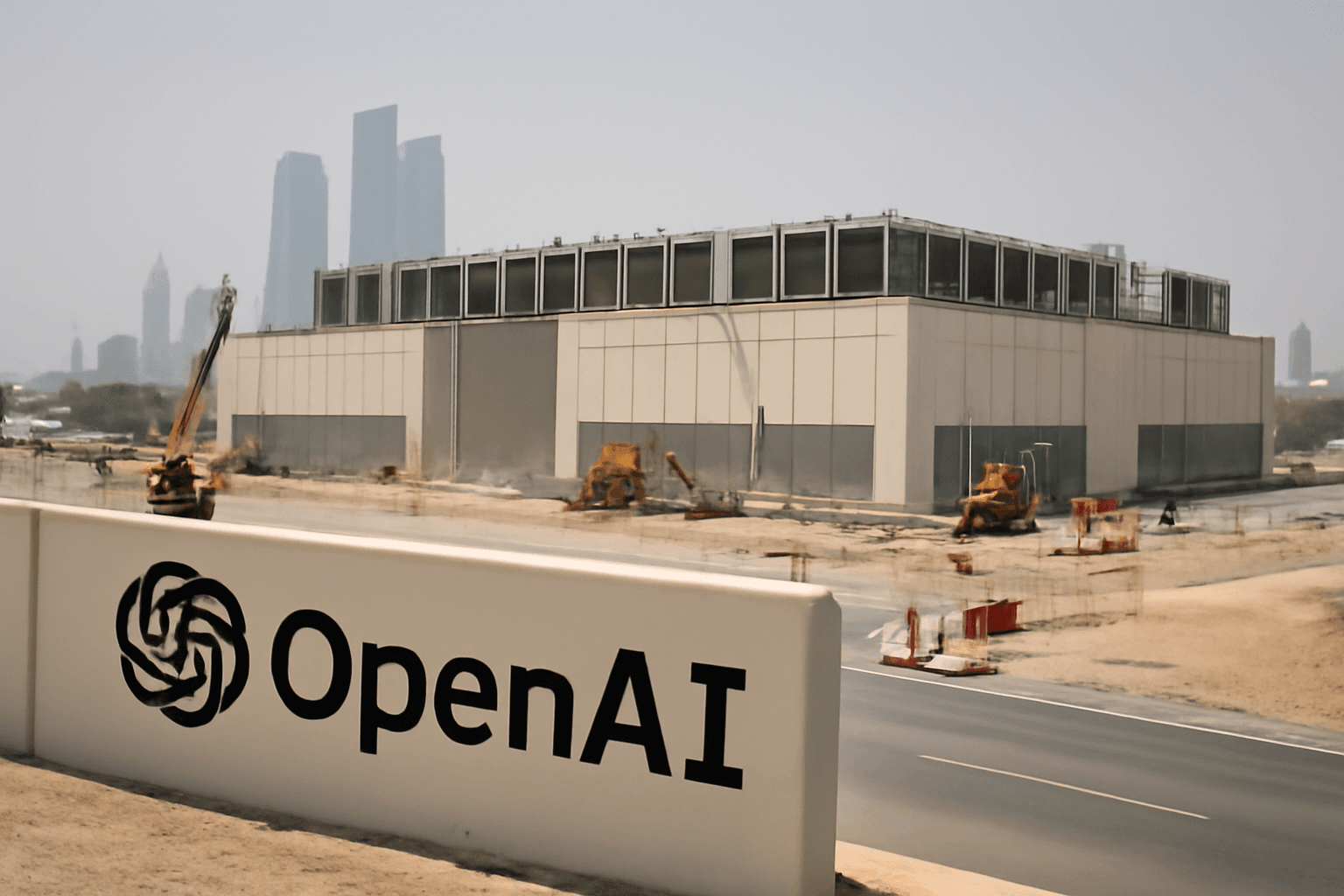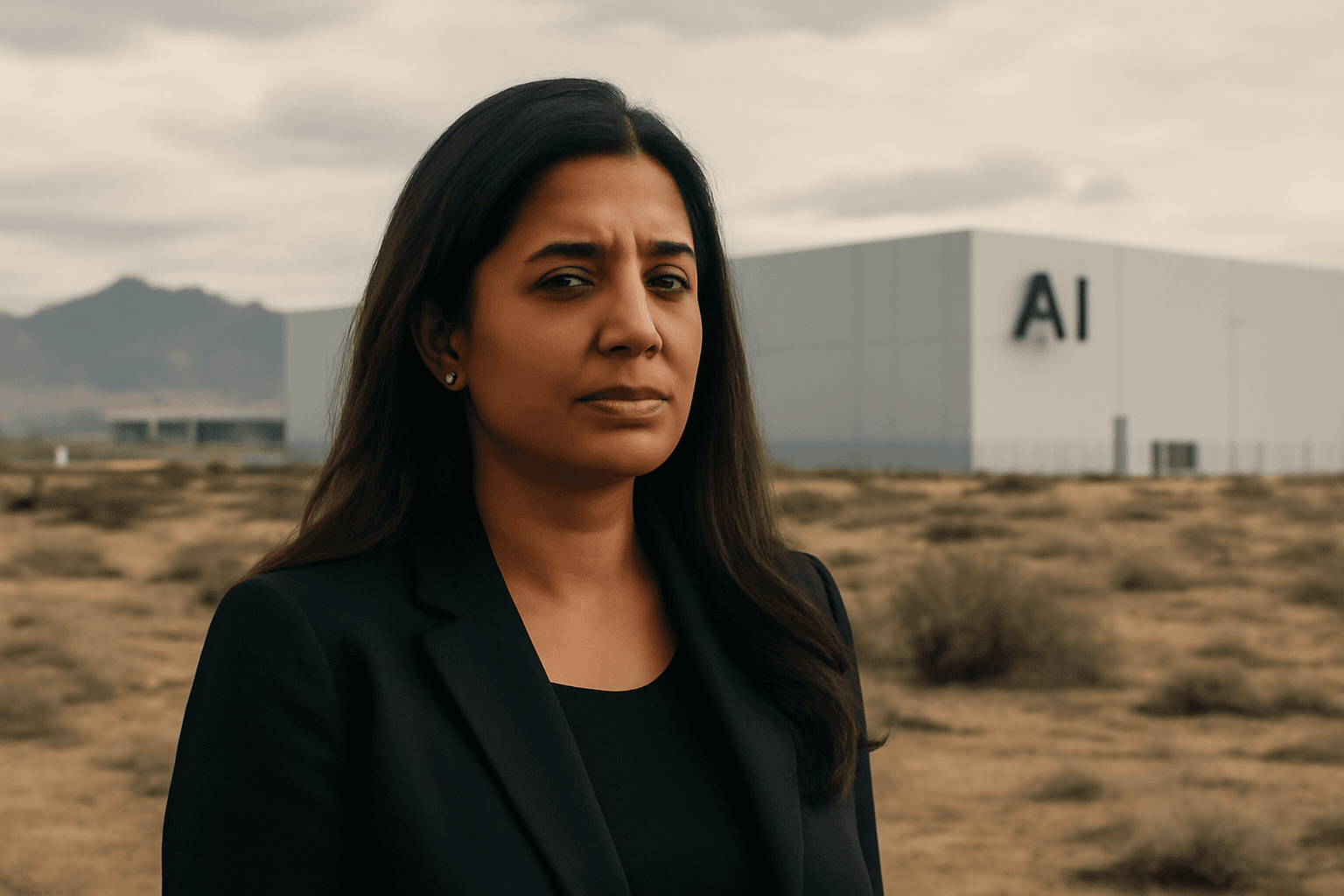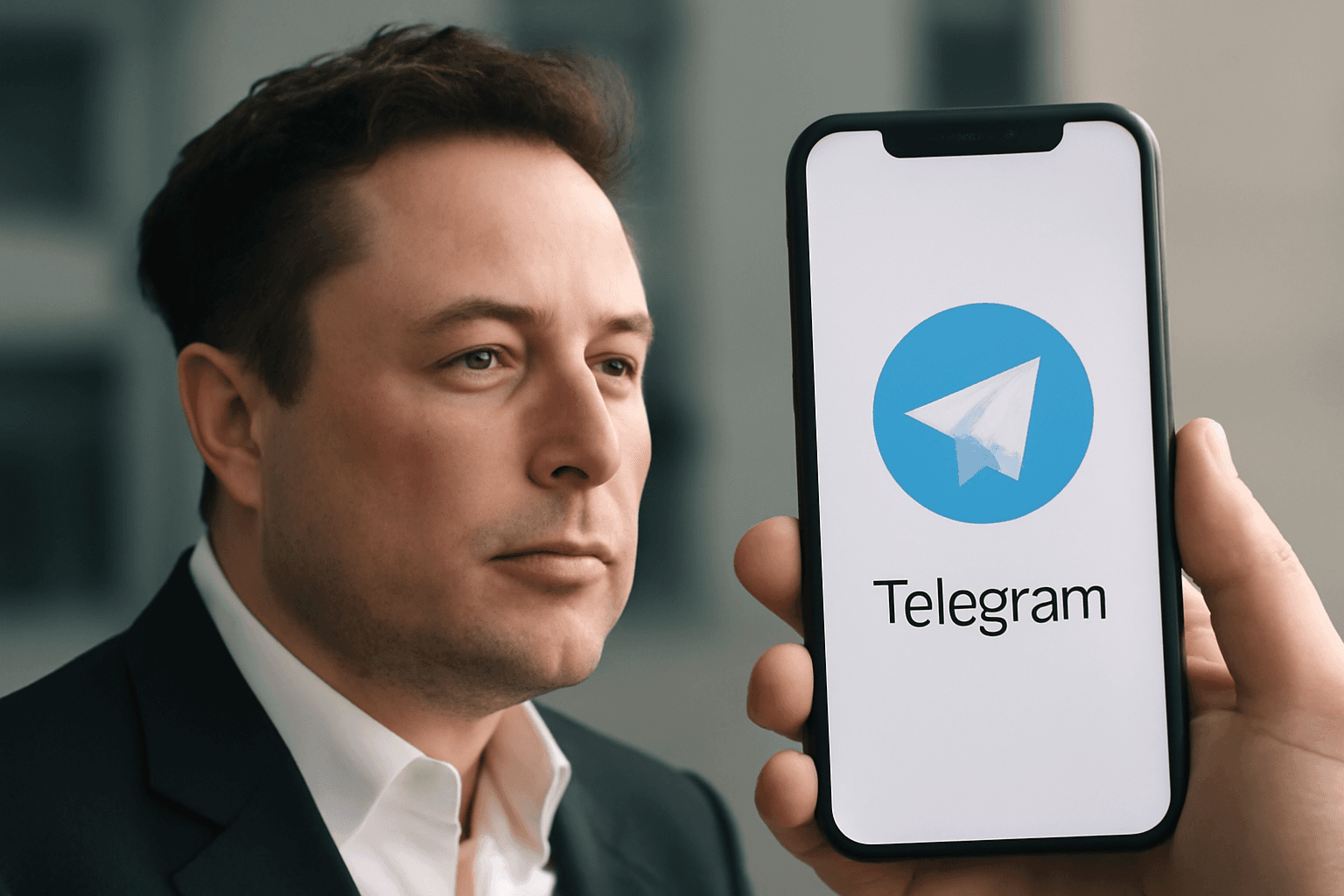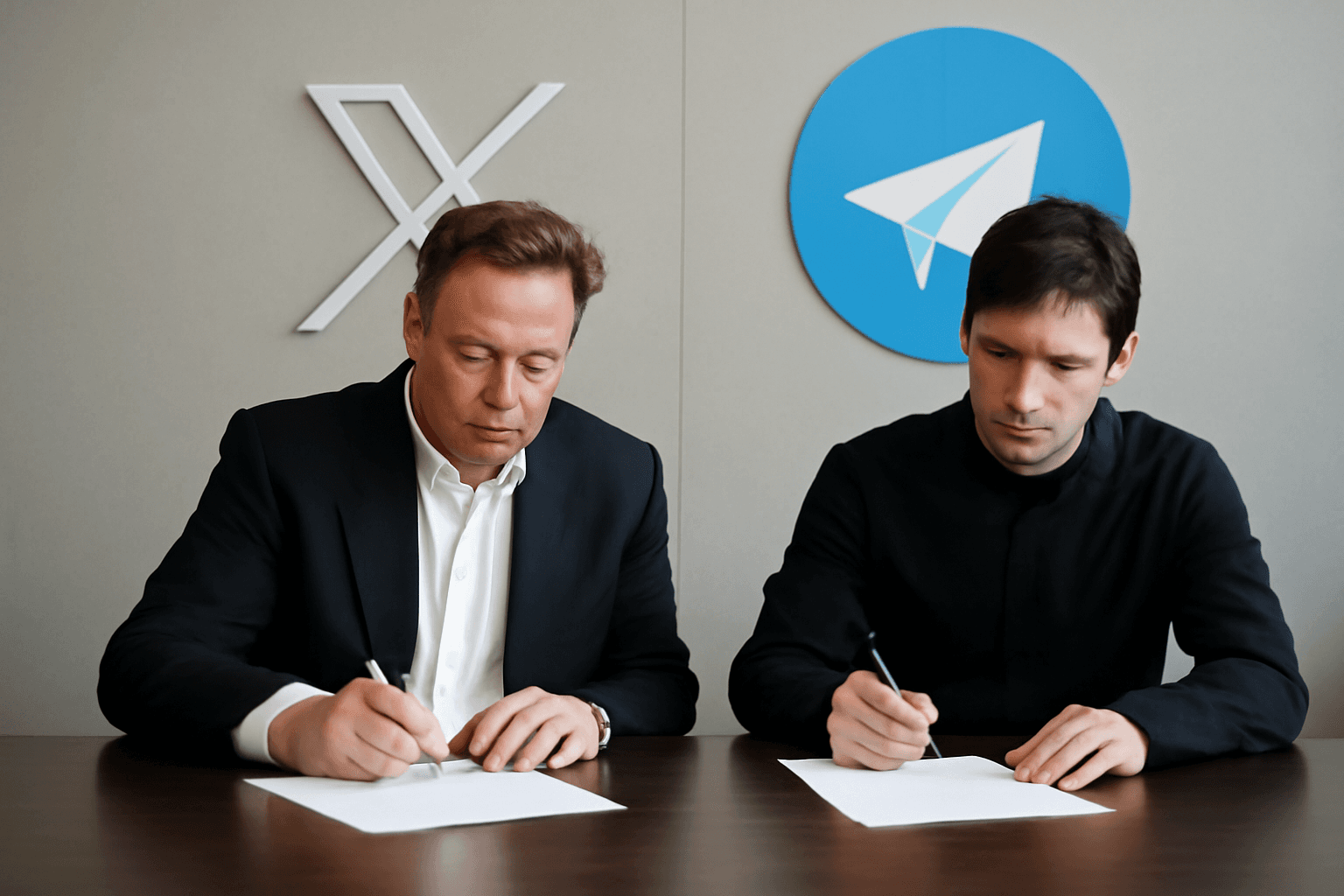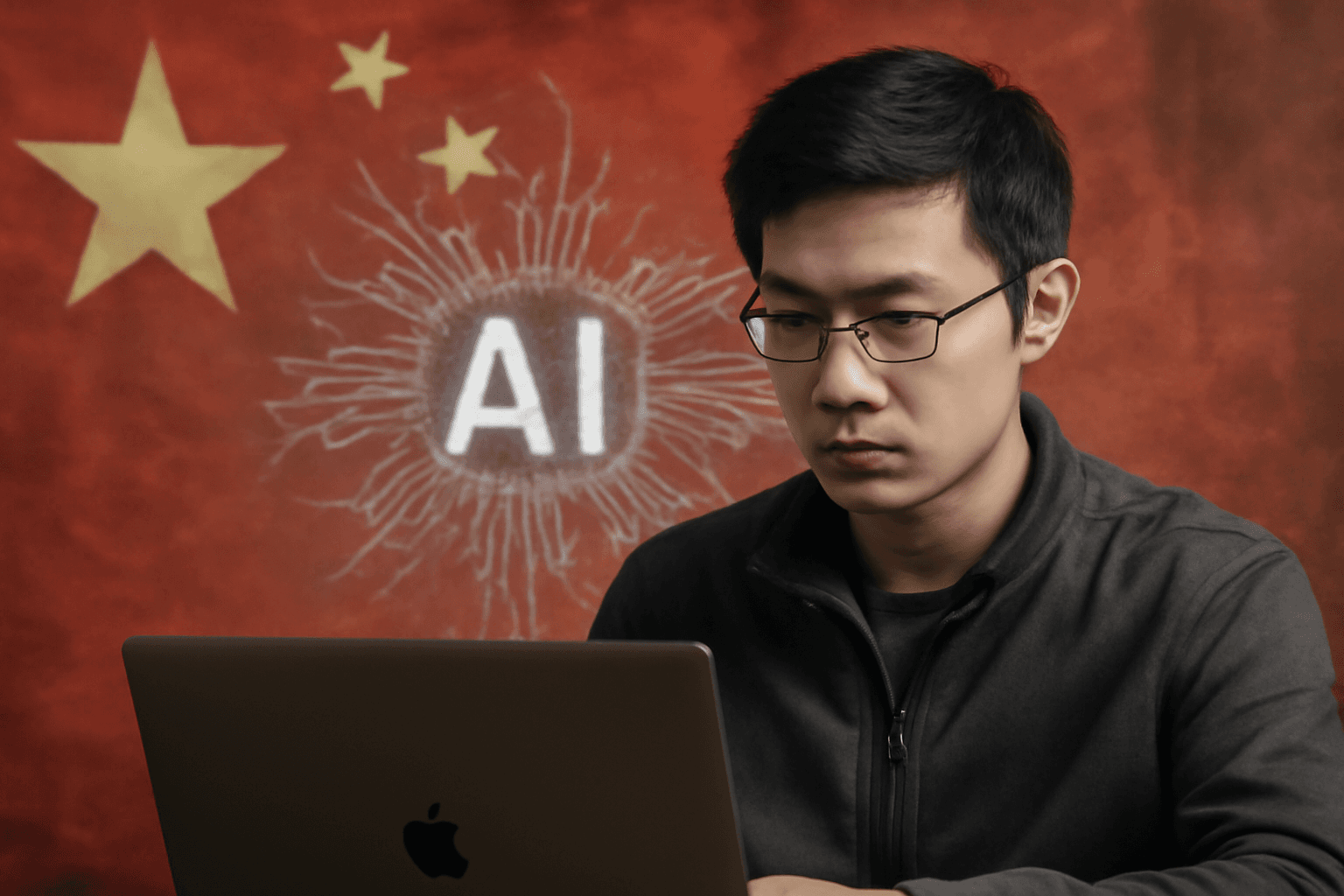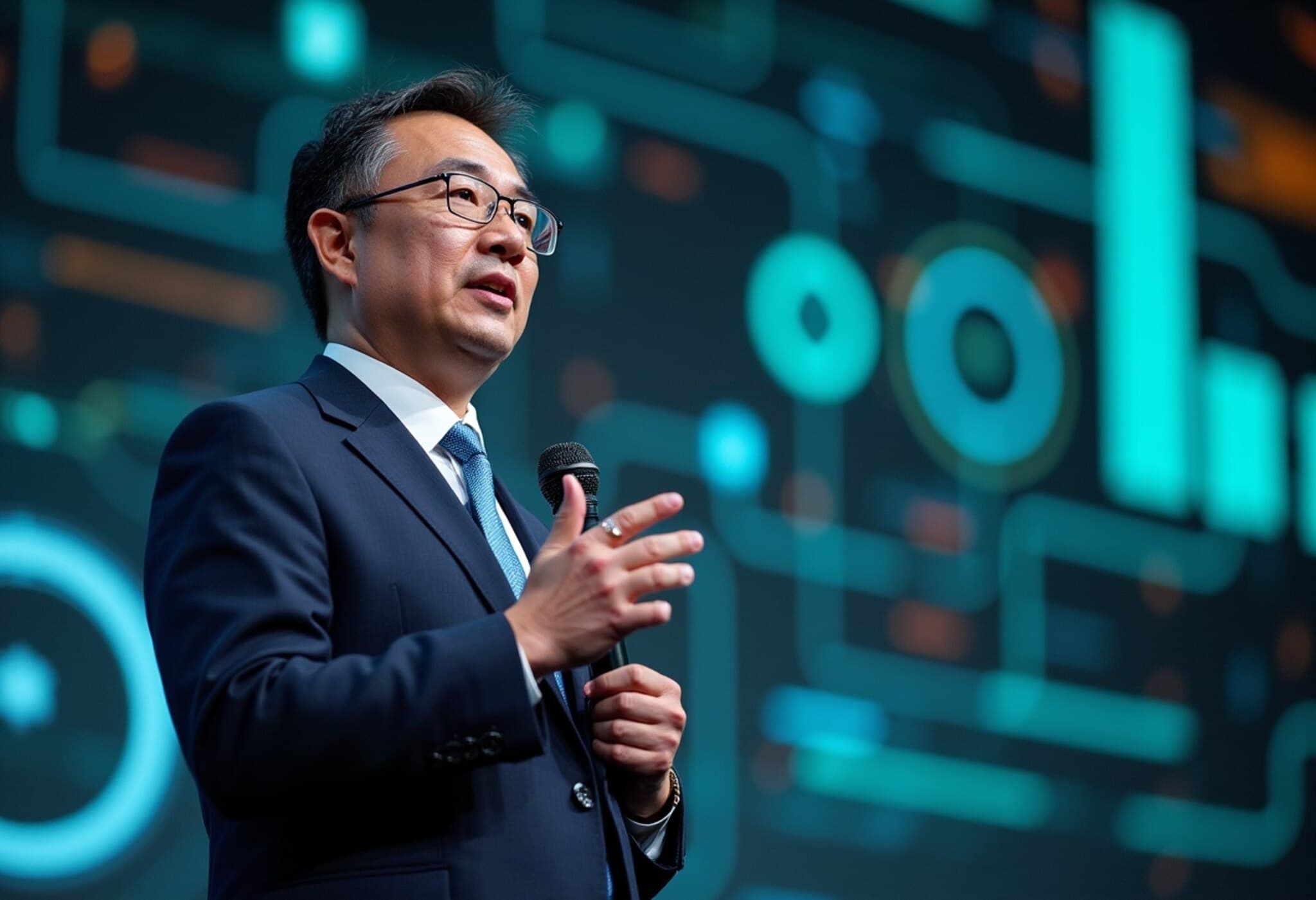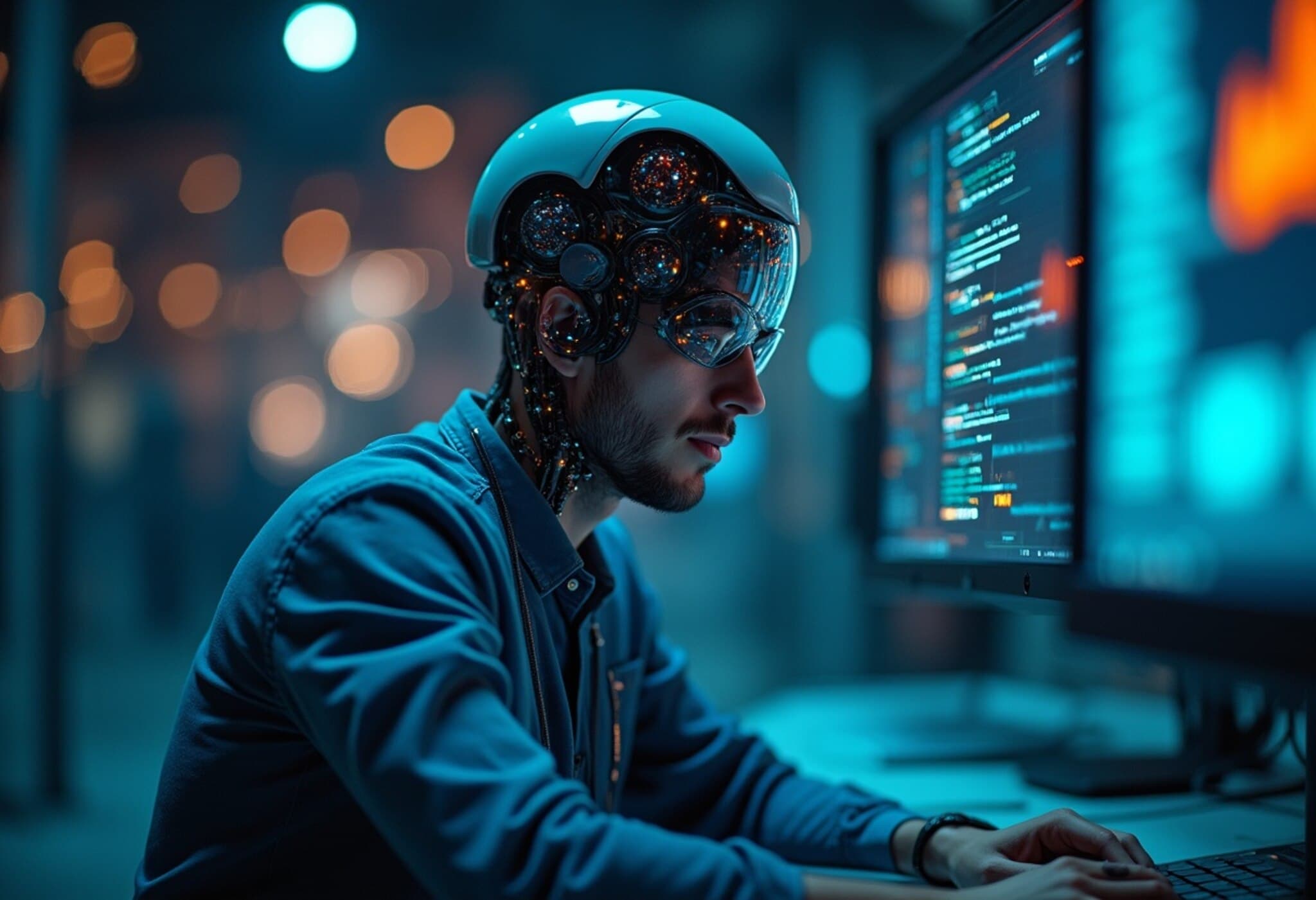Microsoft Tests First Fully In-House AI Model, Signaling a Strategic Shift
In a significant move to reduce its deep reliance on OpenAI's artificial intelligence prowess, Microsoft has begun testing MAI-1-preview, its first AI language model developed entirely within the company from inception to completion. The announcement, revealed on August 28, 2025, marks a watershed moment for the software giant, which has historically leaned heavily on OpenAI’s models to power AI features across its flagship products like Bing and Windows 11.
MAI-1-preview: What It Means for Microsoft and AI Ecosystem
Microsoft’s AI chief, Mustafa Suleyman, emphasized that the MAI-1-preview isn’t just another chatbot; it represents the company’s ambitious leap into creating proprietary foundational AI models. The model is currently accessible on LMArena, a platform dedicated to AI model benchmarking, and Microsoft is inviting developers to request early access through a public form.
"We will be rolling out MAI-1-preview for certain text-based applications within Copilot over the coming weeks to gather invaluable user feedback and fine-tune performance," stated the Microsoft team in their official blog. This phased approach underscores Microsoft’s intent to integrate the new AI model cautiously yet progressively into their ecosystem.
Navigating Complex Partnerships and Competition
While Microsoft has invested over $13 billion in OpenAI and remains a key strategic partner providing crucial cloud infrastructure, the introduction of an internally developed model hints at a subtle yet momentous pivot. Historically aligned, the two now appear to be edging into competitive territory—a dynamic tension that characterizes the fast-evolving AI industry.
Notably, last year Microsoft included OpenAI in the list of rivals in its AI strategies, alongside tech giants such as Google, Meta, and Amazon. The landscape is further complicated by OpenAI’s recent collaboration with other cloud providers like Google and Amazon to meet soaring demand, with ChatGPT now engaging over 300 million users weekly.
Performance and Technical Insights
On LMArena’s leaderboard, Microsoft's MAI-1-preview ranked 13th among text AI workloads initially, trailing behind models from leading competitors including Anthropic, Google, OpenAI, and newcomer xAI. Despite the modest start, Microsoft is bullish on future enhancements.
Behind the scenes, the MAI-1-preview was honed using approximately 15,000 Nvidia H100 GPUs, and Microsoft operates a powerful cluster of Nvidia GB200 chips to support ongoing training and inference requirements. Suleyman highlighted that this infrastructure backbone will support the company’s "exciting roadmap of compute advancements" and the ambition to deliver AI capabilities to billions through Microsoft’s vast ecosystem.
Leadership and Talent Shifts Amplify AI Ambitions
Mustafa Suleyman, who previously co-founded DeepMind and led AI projects at the startup Inflection, brings decades of AI research and operational experience to Microsoft’s AI unit. Recently, the team has expanded, welcoming around 30 engineers from Google's renowned DeepMind lab, intensifying Microsoft’s AI brainpower and signaling the company’s serious commitment to in-house AI innovation.
Broader Implications for AI Industry and Consumers
This development raises intriguing questions about the future competitive dynamics between Microsoft and OpenAI, especially as both race to tap into the lucrative AI-driven software market. For consumers, the advent of MAI-1-preview could mean more tailored, seamless AI experiences baked directly into Microsoft products without over-reliance on external models.
From a policy perspective, Microsoft's move also exemplifies how large tech corporations strive to balance partnerships with strategic independence, an approach that may influence regulatory scrutiny and industry standards globally.
Editor's Note
Microsoft’s unveiling of MAI-1-preview marks more than just a technological milestone—it signals a strategic recalibration in the AI ecosystem. As Microsoft seeks to build and control more of its AI infrastructure, the industry could witness a redefining of partnerships and rivalries that shape AI’s future. Observers should watch closely how this affects innovation pace, user privacy, and the competitive landscape among the tech giants.

